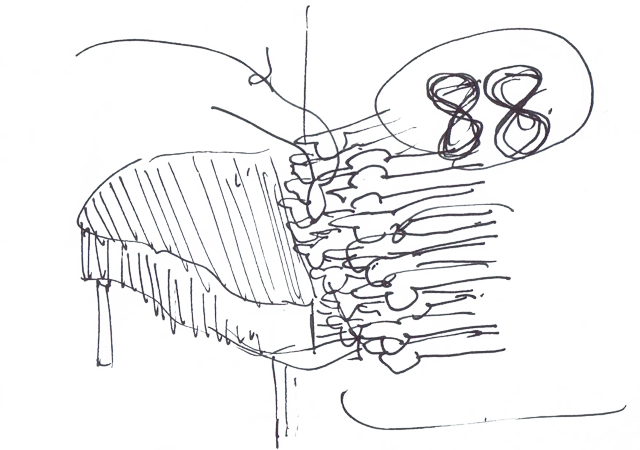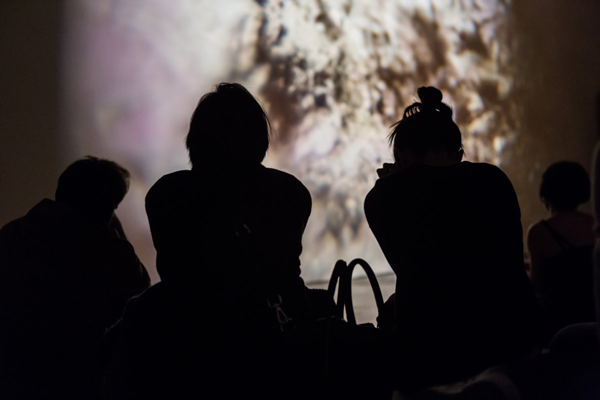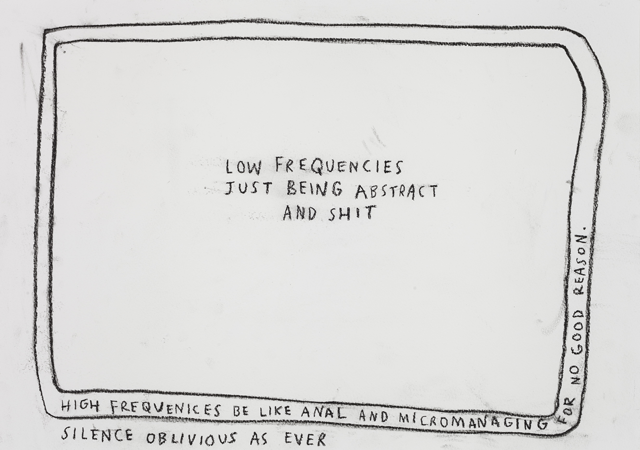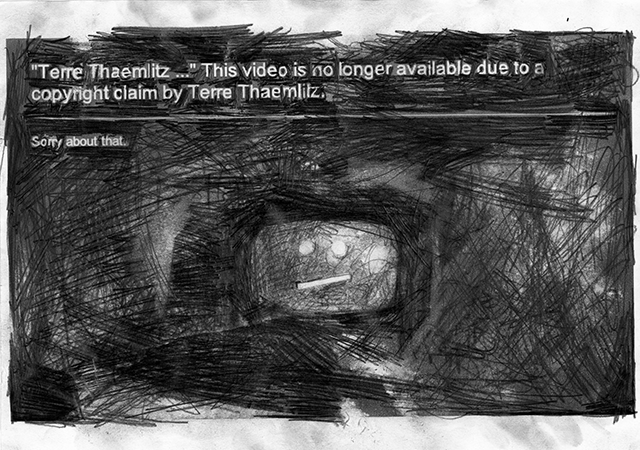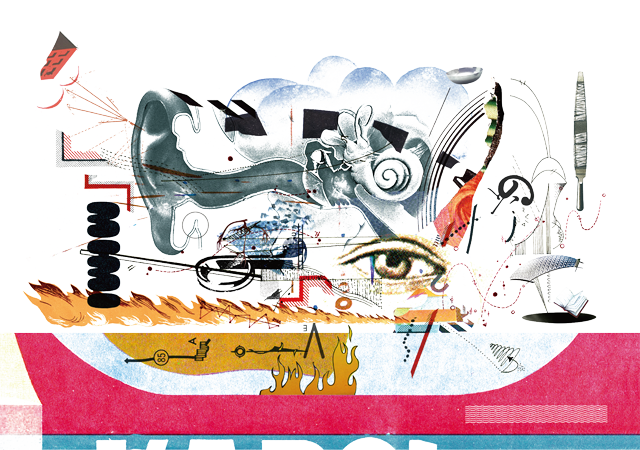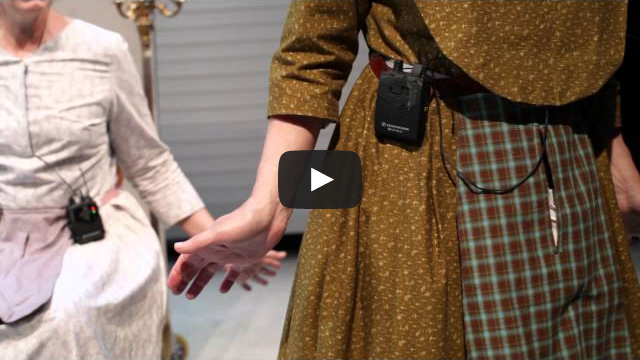
The Wooster Group
Early Shaker Spirituals: A Record Album Interpretation
With Cynthia Hedstrom, Elizabeth LeCompte, Frances McDormand, Bebe Miller, Suzzy Roche and Max Bernstein, Matthew Brown, Modesto Flako Jimenez, Bobby McElver, Jamie Poskin, Andrew Schneider
Director: Kate Valk
Set: Elizabeth LeCompte with Jim Clayburgh
Lighting: Jennifer Tipton & Ryan Seelig
Costumes: Enver Chakartash with Naomi Raddatz
Sound: Bobby McElver & Max Bernstein
Production Manager: Emily Rea
Stage Manager: Erin Mullin
Tour Technical Director: Eric Dyer
Assistant Director: Jamie Poskin
Producer: Cynthia Hedstrom
General Manager: Pamela Reichen
Marketing Manager: Mike Farry
Archivist: Clay Hapaz
Video DAILIES and documentation: Zbigniew Bzymek
[Tokyo Crews] Stage Manager: So Ozaki | Equipment and construction: Yoshihiro Yoshida (EdithGrove Co., Ltd.), Kohki Ura (Stage Work URAK Co.,Ltd.) | Lighting: Nami Nakayama | Translation and surtitles: Tomoyuki Arai | Documentation: Hideto Maezawa (photo) | Special Thanks: Toshio Mizohata
Tuesday, December 22 | 19:15 open, 19:30 start
Wednesday (national holiday), December 23 | 15:45 open, 16:00 start / 18:45 open, 19:00 start
*Video exhibition of the Group’s other works in the foyer opens 1 hour before the performance starts.
Adv 3,500 yen / Door 4,000 yen
Advance tickets available at Peatix
The incomparable avant-garde theatre company of New York makes its first appearance in Japan with a nonconformist “record album interpretation”
The Wooster Group has been at the forefront of contemporary theatre for 40 years with its multi-layered artistic direction employing technologies that drive theatrical expression to information overload and extreme speed. Many of the Group’s works are created through meticulously copying and reinterpreting source materials: not only plays but also films, video documentations, personal histories, performances by others, or record albums. The source material of Early Shaker Spirituals is a record album of the same title, which was recorded between 1963 and 1976 at Sabbathday Day Lake in Maine. The Wooster Group director, Elizabeth LeCompte, found the record in a secondhand record store’s “Religious” section, visited Shaker communities with the members of the Group, and met Sister R. Mildred Barker, the lead singer on the record. Since then, the record has been in the shared collection of the Group for 35 years.
The Shakers (The United Society of Believers in Christ’s Second Appearing), an offshoot of the Quakers (Religious Society of Friends), have based their faith on the dualism of God as male and female, believed that their leader Mother Ann Lee was the female manifestation of Christ and Jesus was the male manifestation, regarded sexual intercourse as the original sin, and practiced celibacy and gender equality since the 18th century. The sect, which moved from England to America and established communities across the country increasing the believers by proselytizing, adoption and taking in orphans and the homeless, had more than 6,000 believers at the peak. They carried out conscientious objection in the period of the American Civil War, and they are known also for their hard work and aesthetic practice; especially visible in the functional and sophisticated Shaker furniture that has influenced modern design. Their monodic and a cappella spirituals, which are not composed but “received,” have attracted even non-believers by their unique concentration and beauty.
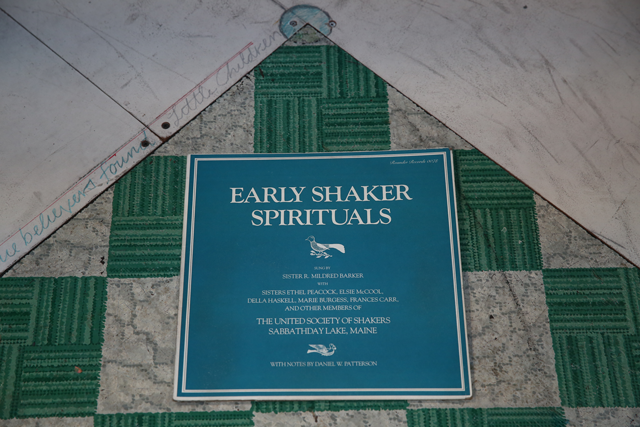 Photo by Paula Court
Photo by Paula Court
The Shakers (The United Society of Believers in Christ’s Second Appearing), an offshoot of the Quakers (Religious Society of Friends), have based their faith on the dualism of God as male and female, believed that their leader Mother Ann Lee was the female manifestation of Christ and Jesus was the male manifestation, regarded sexual intercourse as the original sin, and practiced celibacy and gender equality since the 18th century. The sect, which moved from England to America and established communities across the country increasing the believers by proselytizing, adoption and taking in orphans and the homeless, had more than 6,000 believers at the peak. They carried out conscientious objection in the period of the American Civil War, and they are known also for their hard work and aesthetic practice; especially visible in the functional and sophisticated Shaker furniture that has influenced modern design. Their monodic and a cappella spirituals, which are not composed but “received,” have attracted even non-believers by their unique concentration and beauty.
The actresses hear the album, clearly I assume, through earpieces. (While Early Shaker Spirituals is low-tech by Wooster standards, it is not no-tech; the modest Shakeresque clothing the women wear is accessorized with audio equipment.) We in the audience can detect only a faint under-layer of the original recorded sound. The aural effect is subtle and eerie, suggesting a kind of phantasmal possession of the present by the past or, if you prefer, the eternal. [...] The performers here have only respect for the women they embody, though there’s no cloying piety in this representation. Instead, what you feel is a true communion of artists with their predecessors.
Ben Brantley [1]
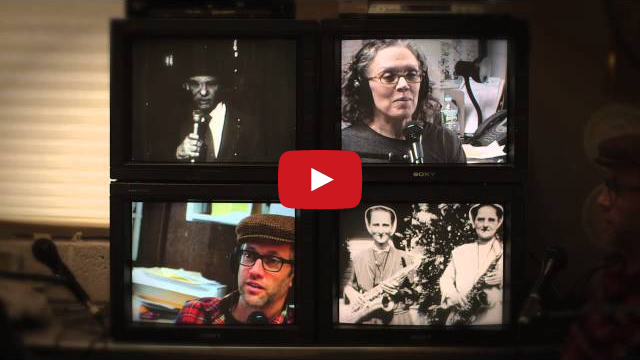 Questionator Richard Maxwell interviews Kate Valk
Questionator Richard Maxwell interviews Kate Valk
Kate Valk, a founding member of The Wooster Group for whom this piece has been her first directing work, says that it is neither historical, religious nor anthropological. What Valk and the female cast comprising LeCompte, who performs for the first time for this piece, Frances McDormand, who won the Academy Award with Fargo, Suzzy Roche, who is also a member of the vocal group The Roches, Cynthia Hedstrom, who is also the producer of the Group and choreographer Bebe Miller share is an interest in the simple aesthetic practice of the Shakers. That is perhaps why this piece is not as multi-layered or technologically complex as many of the Group’s works. The female performers devote themselves to serving as conduits for a detailed “interpretation” of the record that also includes interviews with Sister Mildred. Later, the women, along with a male cast, perform a series of dances that the ensemble composed from multiple sources. Don’t miss the nonconformist performance that brings the power of theatre as “simulacra,” the essence of The Wooster Group that is deeper than scenography, to the highest.


The Wooster Group | Founded in 1975 by Elizabeth LeCompte and Spalding Gray, The Wooster Group has made more than 30 works for theater, dance, film, and video under the direction of LeCompte. These works include Rumstick Road (1977), L.S.D. (...Just the High Points...) (1984), Frank Dell’s The Temptation of St. Antony (1988), Brace Up! (1991), The Emperor Jones (1993), House/Lights (1999), To You, The Birdie! (Phèdre) (2002), Hamlet (2007), There is Still Time..Brother (2007), La Didone (2009), Vieux Carré (2011) and Cry, Trojans! (Troilus & Cressida) (2014). Based at The Performing Garage at 33 Wooster Street in lower Manhattan, the company regularly tours worldwide, including North and South America, Europe, Asia, and Australia. The Performing Garage is part of the Grand Street Artists Co-op, a 1960s project of the Fluxus art movement.
[1] The New York Times, May 29, 2014




